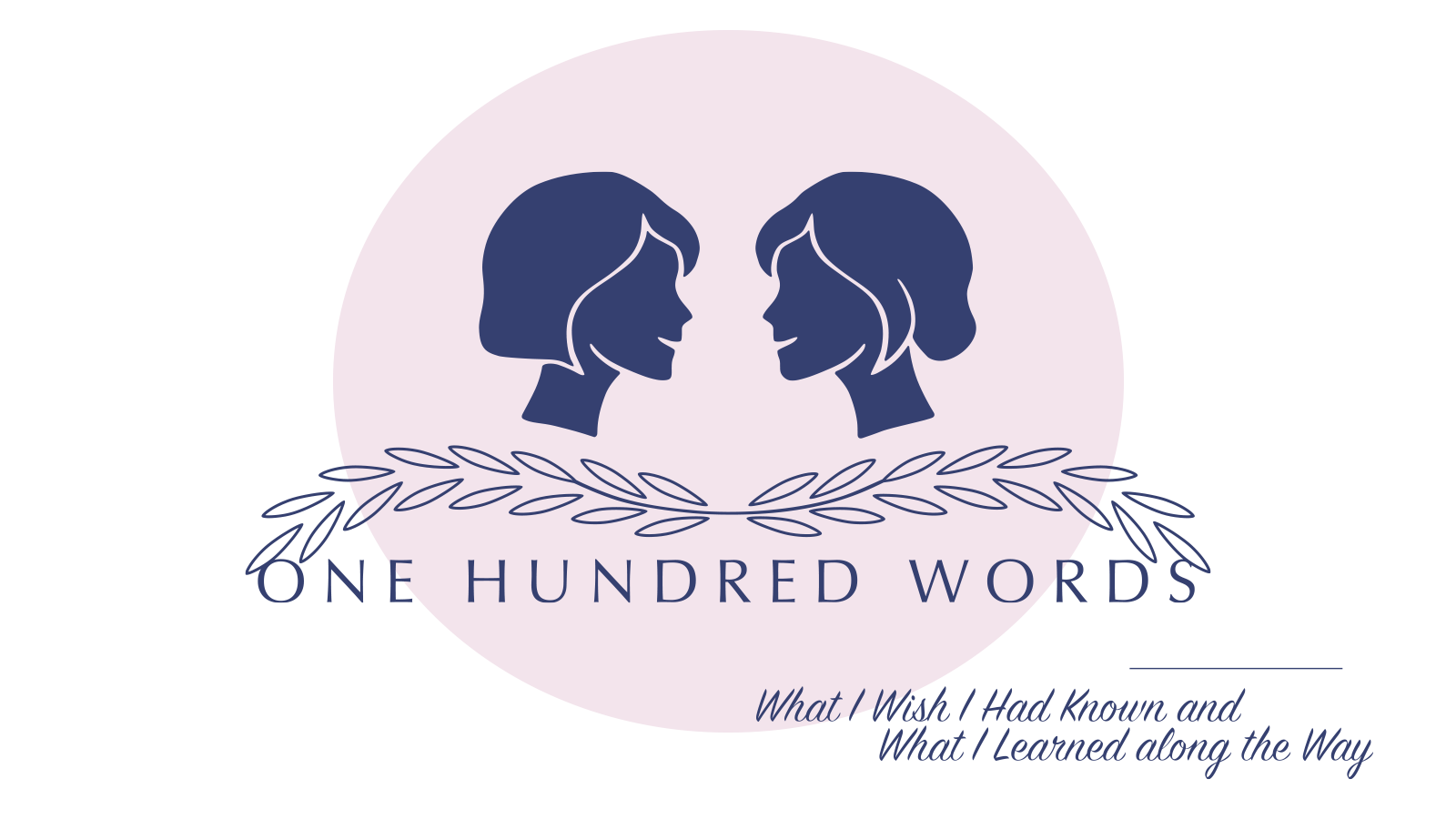Along the way, I learned that not only do many adults not recognize bullying or destructive behavior, but also don’t know how to deal with it when they do. Gordon Korman has filled that gap with three conversation starting books—Restart, The Unteachables (both here), and Ungifted.
Although Ungifted deals with destructive behavior, the focus is elsewhere. What does it mean to be gifted?
As a result of a school prank wreaking unintended havoc, the prankster, is transferred accidentally to an academy for the gifted and talented. Donovan is below average academically while his new classmates are geniuses. Korman explores the definition of gifted as Donovan makes minor but important contributions to the school’s robotics team.
Separated from classmates who participated in his pranks, Donovan gains perspective on his motives and the consequences of his actions at his previous school. Like Restart and The Unteachables, we leave the story with hope.
One rating was a fifth-grade reading level, which makes it an easy, quick discussion book. Also helpful is Korman’s interesting characters and engaging writing style.

Has a book made a difficult or unpopular topic easier for you to discuss?




